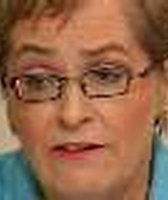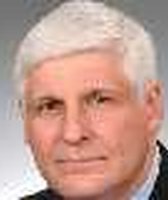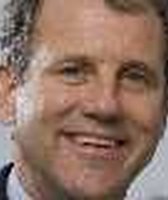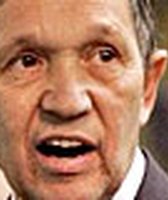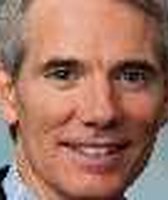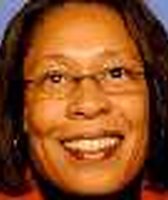Stand up for the facts!
Our only agenda is to publish the truth so you can be an informed participant in democracy.
We need your help.
I would like to contribute
Rep. Marcy Kaptur says that the poorest in America are women
U.S. Rep. Marcy Kaptur, D-Toledo, appeared recently on MSNBC’s PoliticsNation with Al Sharpton in which the host took a swipe at Republicans for focusing on women’s reproductive issues rather than creating jobs.
Kaptur shared Sharpton’s indignation and said voters in her district do, too. "They think the Republicans want to take us back a half century on reproductive health," she said.
The subject then turned to economics and the pending transportation bill, with Kaptur lamenting the fact that Congress has not been able to approve a bill that would put a lot of Americans back to work.
"The American people are clamoring for getting the roads paved, for improving our airports, for improving our mass transit, for improving our ports," she said.
She then brought the conversation back to the subject of women and the economic challenges many of them face.
"The poorest in this country are women," she said.
PolitiFact Ohio decided to focus on this simple statement about the economic plight of women.
Kaptur’s communications director Steve Fought provided PolitiFact Ohio with U.S. Census data and a National Women’s Law Center report to back up his boss’s statement.
The numbers indeed show that the poverty rate for women in the United States was 14.5 percent in 2010, which was 3.3 percentage points higher than for men.
Women also fared worse when comparisons were made within ethnic groups, such as white (non-Hispanic), black, Hispanic, Asian and native American. For instance, slightly more than 25 percent of all African-American women were in poverty in 2010, compared with 19.1 percent for African-American men.
Greater numbers of women also tended to be poor when broken down by age groups. More than 25 percent of women 18-24 years of age are in poverty, compared with 18.8 percent for men in the same age group.
And for women in that same age group who are also single mothers, the percentage of those in poverty jumps to 40.7 percent, compared to 24.2 for single men with children.
We went one step further and found the percentage of women in extreme poverty was 6.3 percent, 1.4 percentage points higher than for men. People who are considered in extreme poverty have incomes that are more than halfway below the federal poverty line.
In those cases, one is "really destitute," said Claudia Coulton, co-director of the Center for Urban Policy and Community Development at Case Western Reserve University.
So, just about any way you slice it, women are more likely than men to be poor, or at least below the poverty line.
We rate Kaptur’s statement True.
Our Sources
Interview and e-mail correspondence with Steve Fought, communications director with U.S. Rep. Marcy Kaptur
Interview on March 20, 2012, with Dorothy Miller, director of the Flora Stone Mather Center for Women at Case Western Reserve University
Interview on March 22, 2012, with Claudia Coulton, co-director of the Center on Urban Policy and Community Development at Case Western Reserve University
U.S. Census Bureau, Current Population Survey
National Women’s Law Center, Analysis of New 2010 Census Poverty Data, September 2011
Browse the Truth-O-Meter
More by Peter Krouse
Rep. Marcy Kaptur says that the poorest in America are women
Support independent fact-checking.
Become a member!
In a world of wild talk and fake news, help us stand up for the facts.

